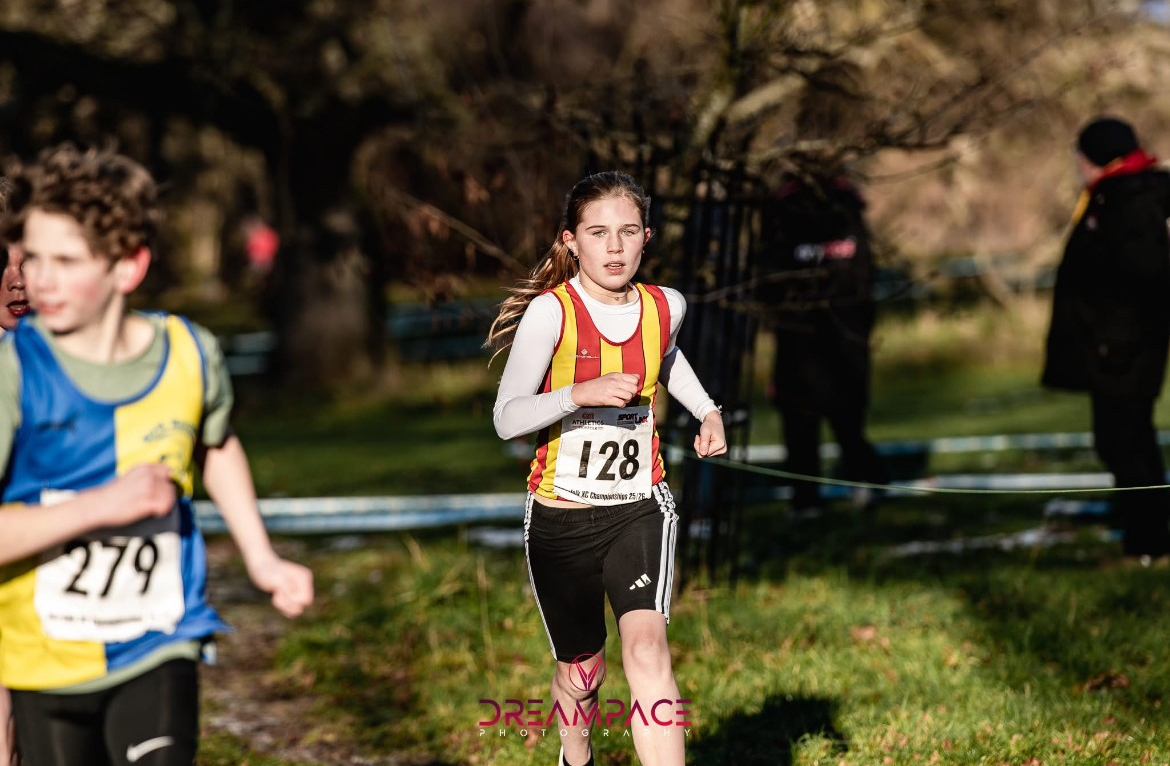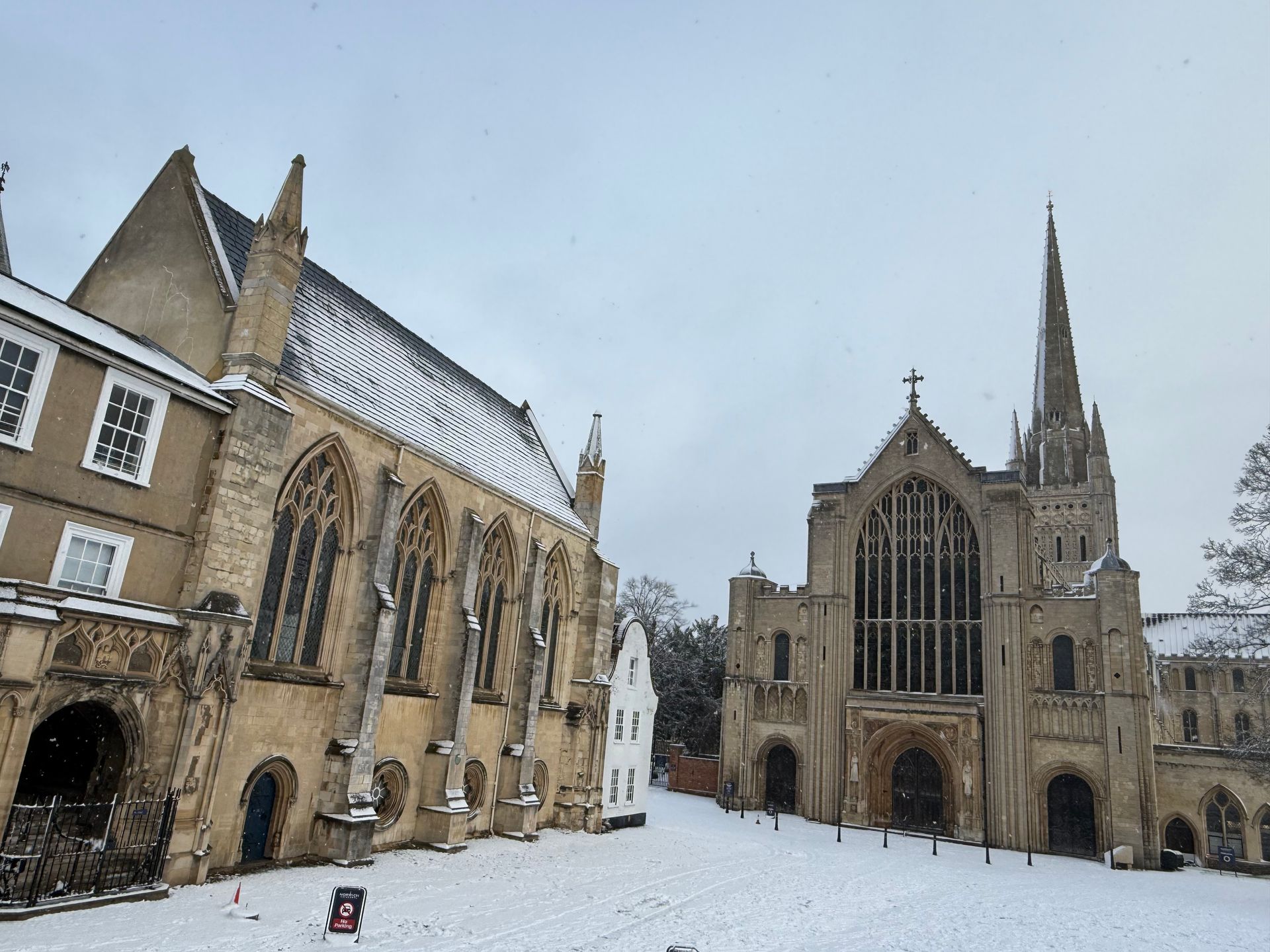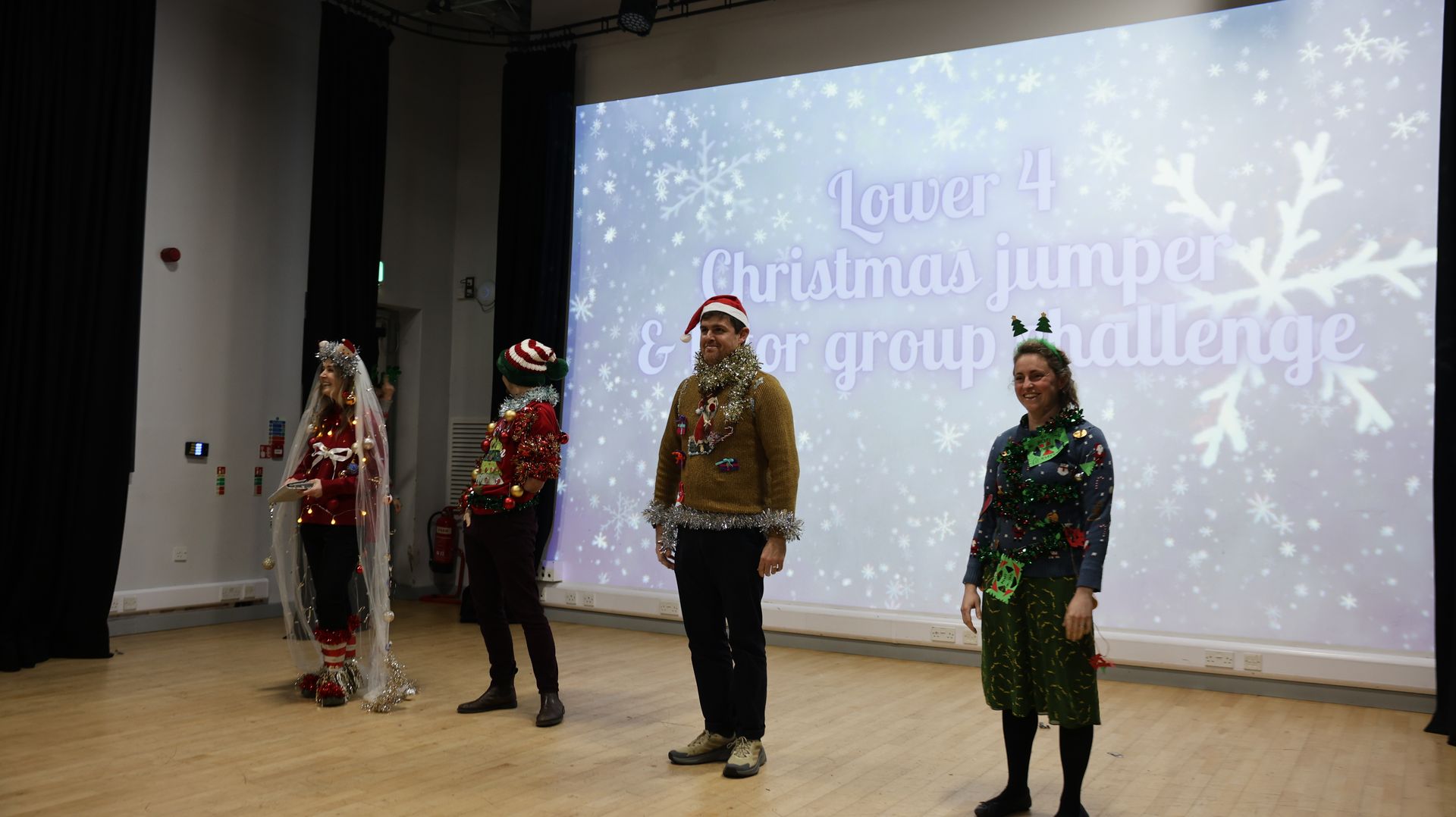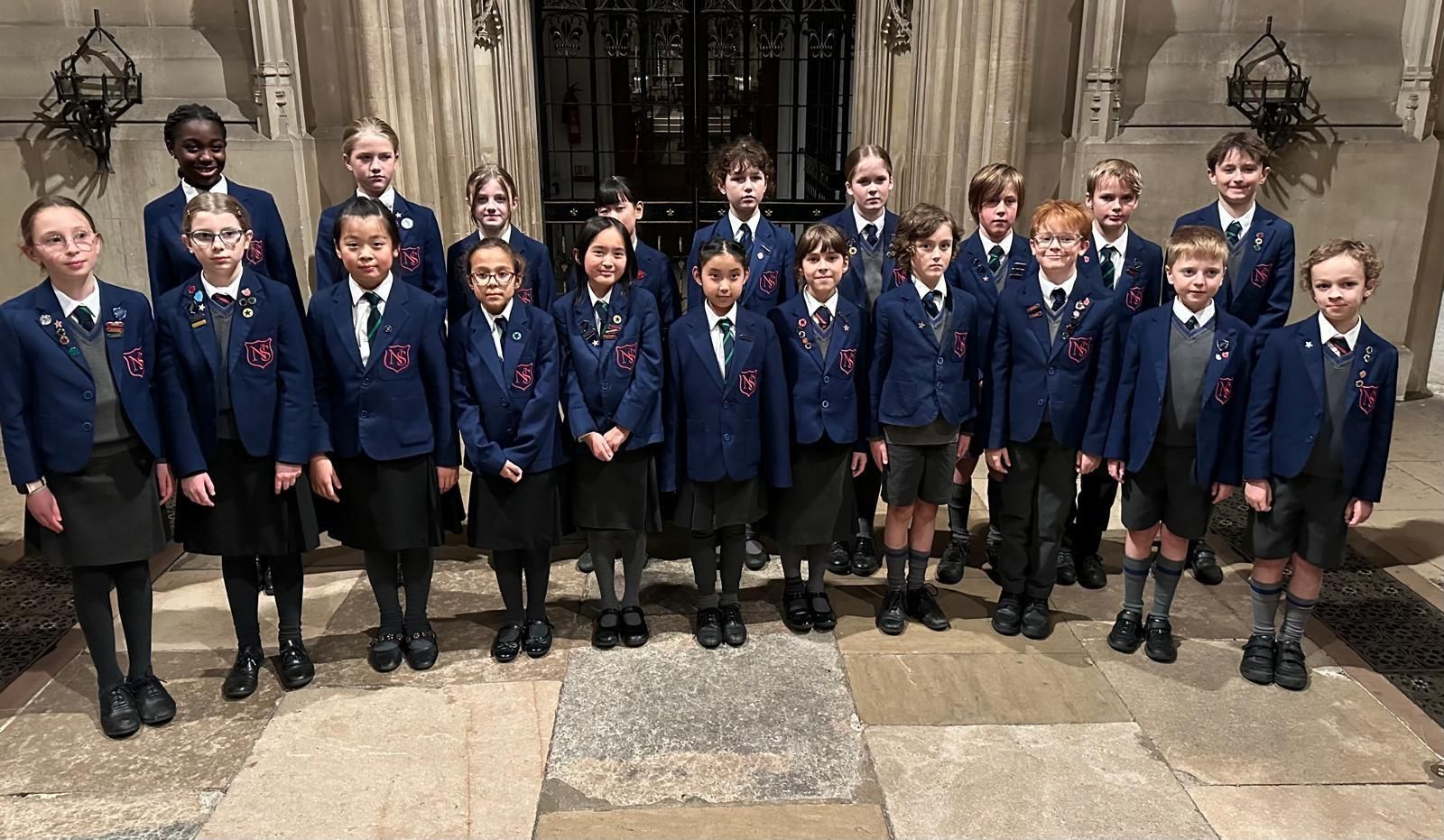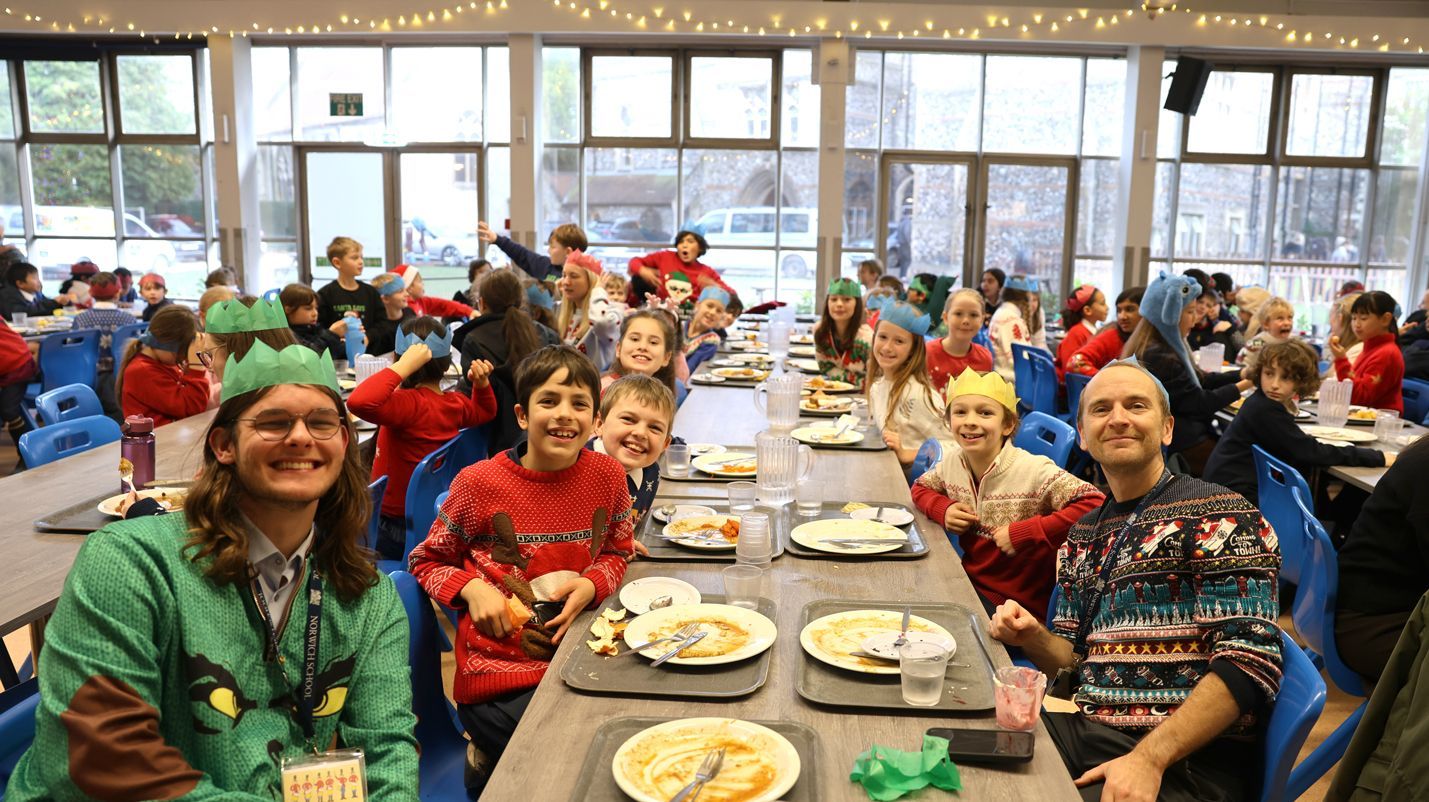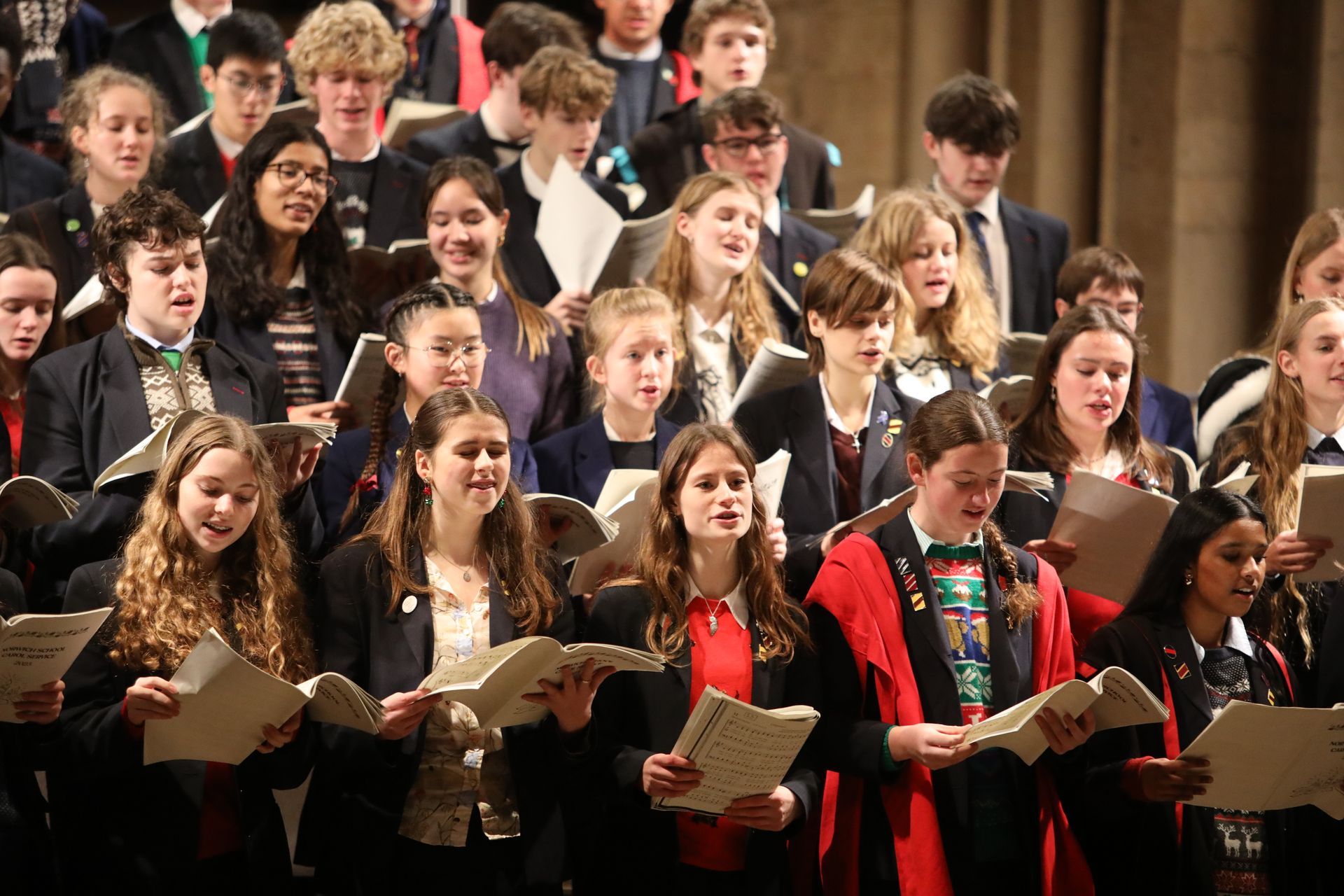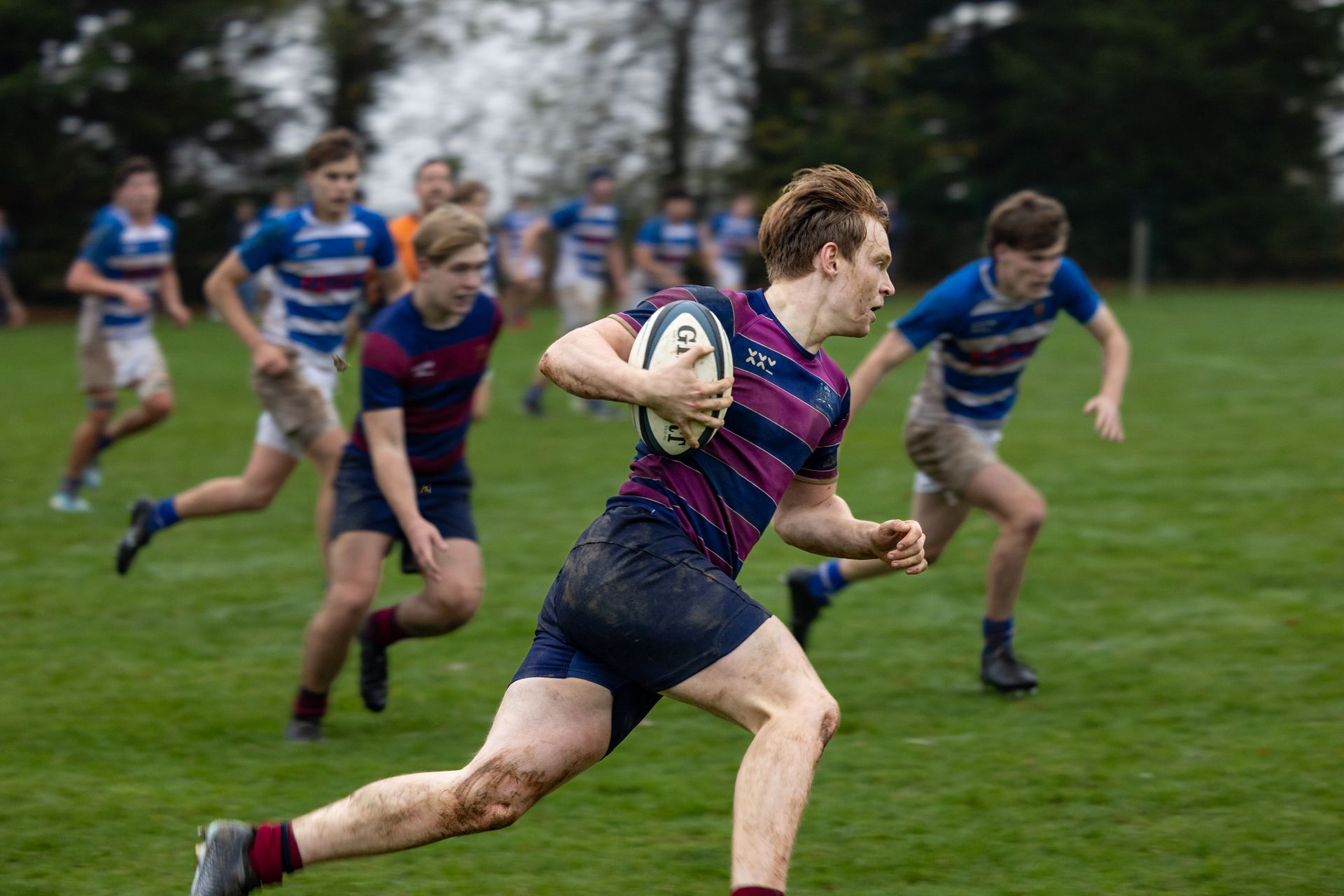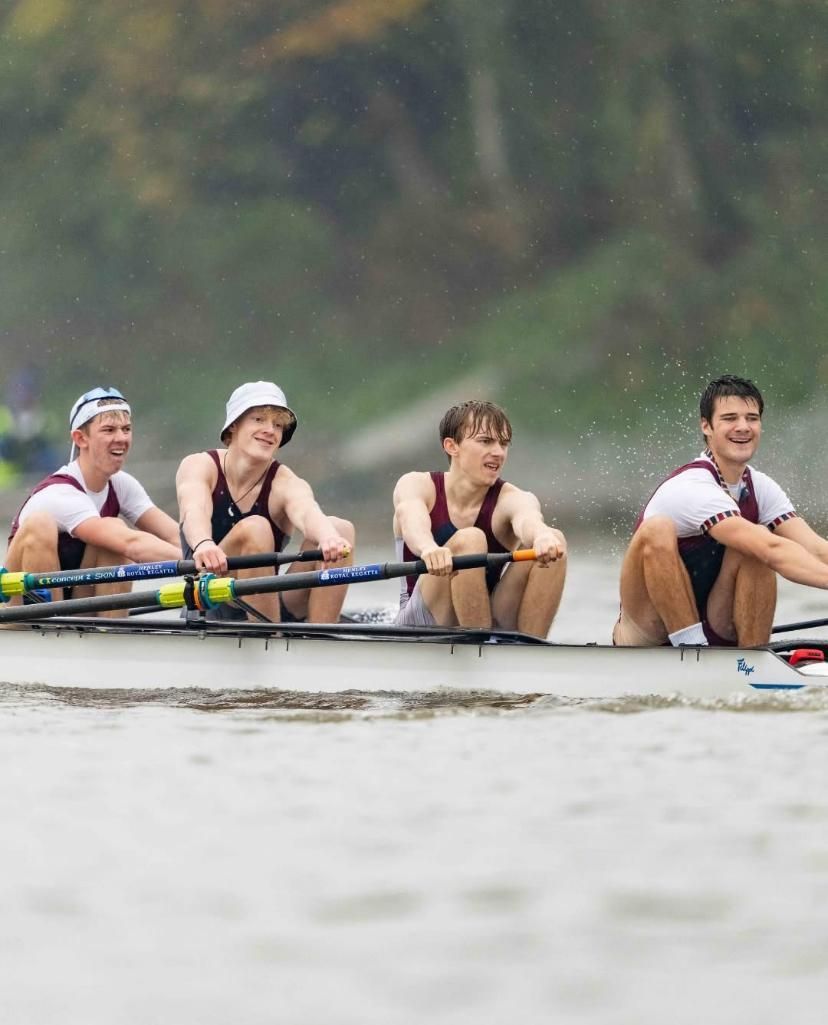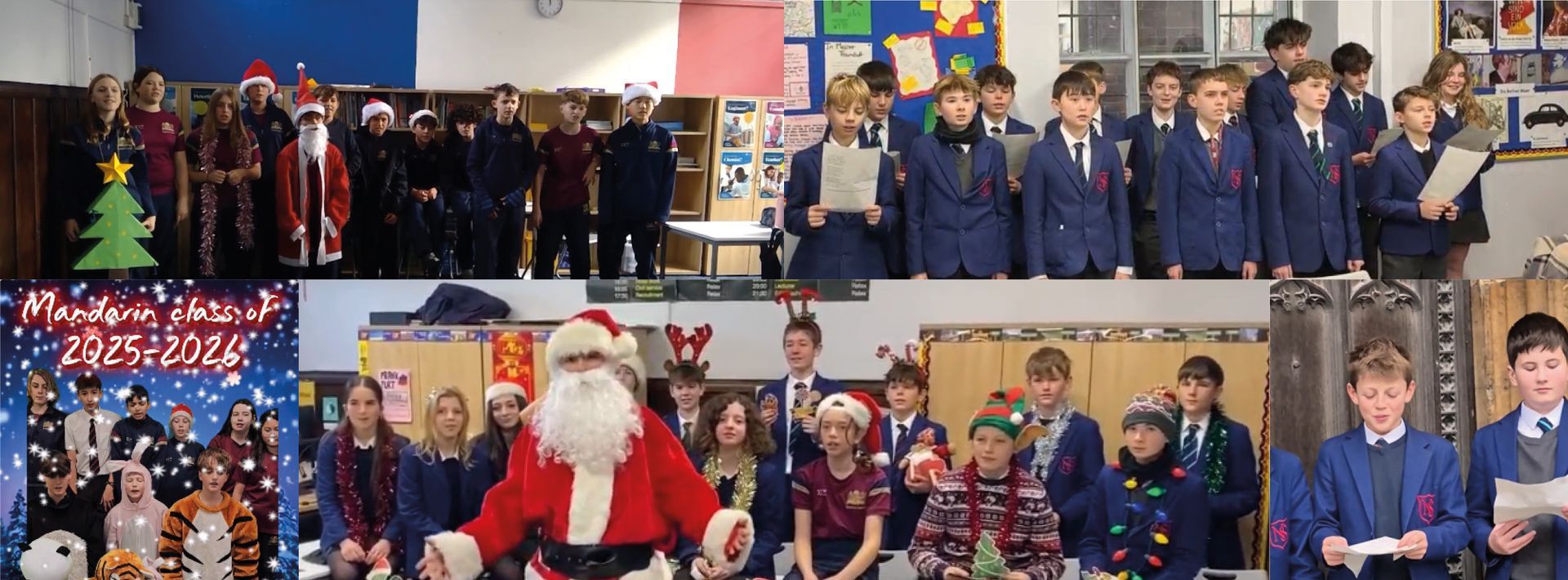Head's Start of Michaelmas Term Address 2022
September 5, 2022
As pupils return to school after a long, hot summer, the Head addressed the school community in the Cathedral on the first day of Michaelmas Term. You can read his Address below:
"Welcome or welcome back to the Cathedral at the start of this school year. Whether the building is familiar or new, there is always something of the phrase “shock and awe” when you come in; indeed, I remember one new pupil last year describing this first service as making the school feel like Hogwarts. I understand that reaction but I hope it will not feel long before you all feel that it is your building. Impressive as it is, there is also warmth here and I believe its longevity is reassuring, too; I trust you will find it supportive of your personal journey.
You will be expecting me to offer advice at this start of year service. In terms of behaviour, I am not sure I can beat the words of St Paul to the Colossians from today’s reading:
“clothe yourselves with compassion, kindness, humility, gentleness and patience. Bear with each other and forgive one another if any of you has a grievance against someone… And over all these virtues put on love, which binds them all together in perfect unity.”
The overlap with our stated values of love, inclusion and compassion is uncanny, while the encouragement to be forgiving is always sensible for a community of nearly 1000 teenagers and over 200 adults coming together both at school and online.
My advice at the start of the year will therefore come from a rather different starting point: I enjoy the start of the school year and the sense of expectation and excitement that the community brings when it joins together. We do this not knowing quite where our journey will end; there is a gap between our plans now and the outcomes later on. You will have an idea of what you want to achieve, whether in your favourite subject or a new club or consolidating friendships. Yet you cannot know how these plans will turn out by the end of the year. My suggestion this morning is to enjoy experimenting along the journey and be open to new turnings.
My interest in this topic came from a book I read over the summer, called “How we got to now” by Steven Johnson, a study of how key inventions have shaped the modern world, often in unexpected ways.
One might think this is like the well-known phenomenon of the butterfly effect, where very small changes can have much bigger consequences, which started with the work of mathematician and meteorologist, Edward Norton Lorenz, who proposed in the 1970s the concept that the flap of a butterfly’s wings creates air movement which weeks later gives rise to huge weather systems such as a tornado.
However, Johnson seeks something with a closer connection to reflect networks of inventions in a particular field and suggests instead the hummingbird effect. To explain this, we need to go to environmental biology. I am no scientist so please stay with me.
In the evolution of pollination, flowers developed colour, scent and nectar to attract pollinators, while pollinators developed equipment to be drawn to the flowers in order to extract pollen and fertilize other flowers. Both flowers and insects therefore developed to fit increasingly well together.
Into this scene we put our hummingbird. Not blessed with the flexibility of an insect’s invertebrate anatomy, the hummingbird developed an unusual form of flight dynamics (to be specific: rotating wings with power to downstroke as well as upstroke) to allow hovering in order to access the nectar of flowers. The evolutionary design of hummingbird wings therefore comes directly from the reproduction strategies of plants.
More generally, then, the hummingbird effect describes a close causal link between two seemingly distant events; the right circumstances are created for particular, often radical, developments in a seemingly unrelated field.
With this model established, Johnson then looks at key areas of human development in history, including time, sound, temperature and hygiene. Another example is glass. While glassmaking dates back more than 6000 years, experiments particularly developed at the start of the second millennium CE in colour (see the stained-glass windows around you) and transparency. The invention of the printing press in the 1430s led to an explosion in the manufacture of spectacles because of glass’ ability also to alter progression of light through it and man’s consequent understanding of refraction and magnification. Many new readers suddenly realized that they were long-sighted! The development of the lens, in turn, led to telescopes and astronomy on the one hand, with microscopes and cellular investigation on the other hand; both also benefitted from glass’ importance in the development of photographs and mirrors, which led to radical changes in ideas around self-perception. Another quality of glass to be explored was its resilience, which takes us to fibreglass in manufacturing and that most modern of phenomena, the fibre optics which power the internet.
It is safe to say that modern life would not be what it is without these developments in glass and Johnson cites the hummingbird effect to explain how many of these technological developments built incrementally from one another. The Venetian glassmakers of the early Renaissance were not trying to discover planets, investigate microbes or invent the internet, but their experimentation created conditions to make such developments possible.
In each area, Johnson is keen to show that innovation is often collaborative and iterative; i.e. developments are built up by communities and in steps, many of which seem haphazard at the time but join up when viewed in hindsight. He therefore challenges the traditional concept of lightbulb moments for inventions: that single genius with a moment of inspiration, also captured by the Eureka exclamation supposedly made famous by Archimedes.
I think this is helpful for us all at the start of this school year. It is exciting to be positive in starting something without quite knowing where it might end up, to reach out to others interested in similar things to see what might emerge from discussion and group work, to be unafraid to try something new or adopt a new approach, to change direction as one’s interests and knowledge develop.
To make his point, Johnson takes the invention of the lightbulb itself, Thomas Edison’s creation which is synonymous with quasi-divine inspiration. In fact, others had been experimenting with artificial light using a glowing filament from an electric current in a vacuum for 80 years before Edison. Edison’s technical contribution included the introduction of a bamboo filament, but his success came as much from expert marketing in the press and the assembling of an excellent team of collaborators. Johnson even compares Edison’s lightbulb with Apple products: they were not necessarily first but they were first to get mass market traction.
My main point this morning is to invite you to reflect that much in human technological development did not come from a single moment of inspiration from a genius individual. The hummingbird effect suggests instead that progress has often come from groups working together and that progress in one area might lead to an exciting, unexpected discovery elsewhere.
This for me is an exciting message and I encourage you to be ambitious, positive and resilient for yourself and others, but also to be innovative, flexible and open-minded as your experiences and interests develop. With good intentions and thorough processes, your actions can and will lead to good things, even if they end up being different from your initial aims.
Welcome back and I wish you all well for an excellent year!"
